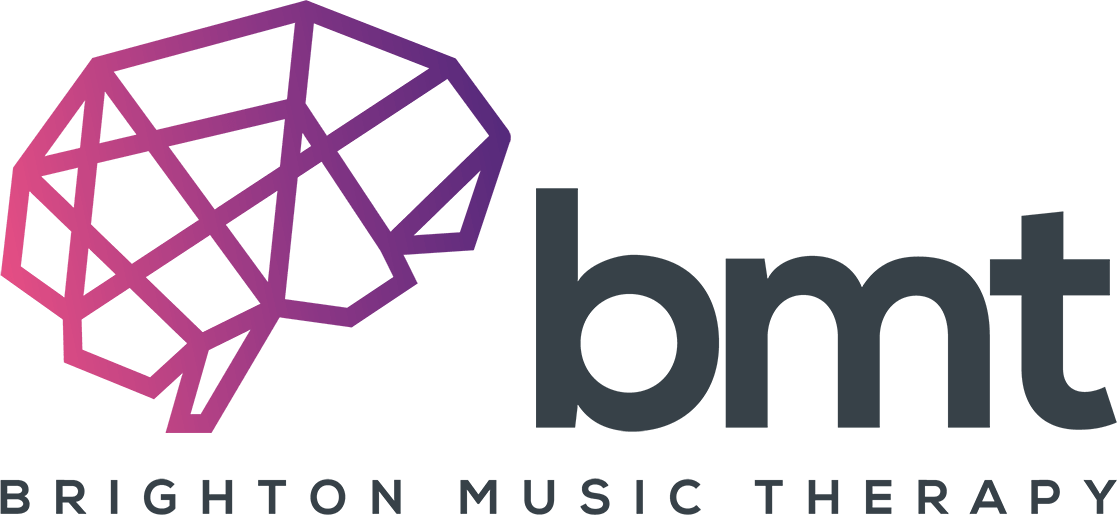




Nicky Ashdown
Senior Rehabilitation Therapist, Chailey Clinical Services.
“ Jen always finds a way to communicate with patients so beautifully with music. Seeing patients engage with her has been inspiring – she is helping improve our patients’ health, emotional well-being and quality of life. ”
What Is Neurologic Music Therapy?
Neurologic Music Therapy (NMT) is an evidence-based neuro-scientific model of practice consisting of 20 standardised clinical techniques, designed to improve the lives of people living with neurodisability.
The techniques target three main domains: sensorimotor functioning, speech and language processing, and cognitive functioning.
Music can stimulate complex cognitive, affective, and sensorimotor processes in the brain that can be generalised and transferred to non-musical therapeutic applications, reinforcing the strong evidence-base for using music to improve patient outcomes, assist with rehabilitation, and help patients adapt during illness and injury.
The BMT Process
1

INITIAL MEETING
Once a referral has been received, an initial meeting will be set up with the client and their carer, parent, key worker or case manager to discuss the needs of the client. Medical history, previous and current therapeutic input and musical preferences will also be discussed, and a risk assessment will be carried out.
2

OBSERVATION & ASSESMENT
4 assessment sessions will be carried out by the Neurologic Music Therapist focusing on four key areas: Mobility, Cognition, Communication and Social Interaction and Emotional Wellbeing. A report will be written up and sent to the case manager. The report will detail findings from the assessment, and also identify key goals that will help the client in Activities of Daily Living (ADLs).
3

GOAL SETTING
The report will identify SMART goals, in order to create objectives that are specific, measurable, realistic and timely. Further collaboration with the multidisciplinary team at this point will ensure that goals remain relevant to the client and the rehabilitation process.
4

CLINICAL WORK
Neurologic Music Therapy is delivered to the client over a prescribed period of time, from 12 weeks, 6 months, 1 year or longer. The Neurologic Music Therapist designs a wide range of enjoyable musical activities that target each of the identified goals. NMT is an inexpensive intervention, and there is good evidence to show that it helps improve and recover lost or limited functions in movement, cognition and speech and language, as well as raising overall mood.
5

REASSESSMENT
Once all current goals have been met by the client, aims and objectives are reassessed and updated.
6

DISCHARGE & HOME PROGRAM
To ensure that the effect of the NMT intervention lasts once a client is discharged, a bespoke home program is devised. In-person or digital training workshops are offered to carers and families to help them learn key NMT techniques so that they may continue to support the client at home.


